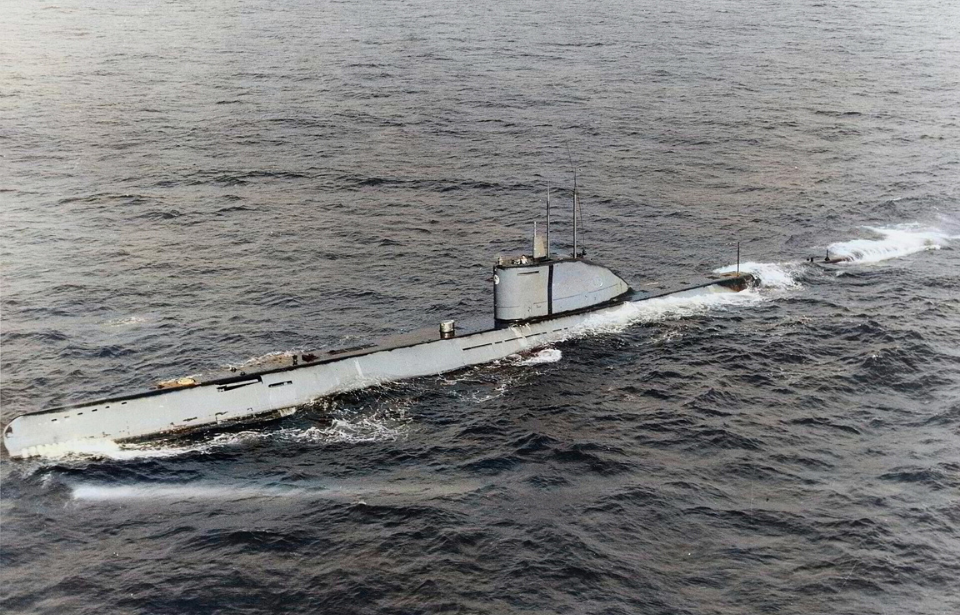While it’s not unheard of for wartime sea vessels to be located beneath the earth, it is rare. The most notable instance of this was the discovery of a German torpedo boat and a British submarine under Dartmouth’s Coronation Park in 2023 – but many others are out there. This includes three World War II-era U-boats, whose final resting place is beneath a Hamburg parking lot.
Deploying U-boats in the Atlantic
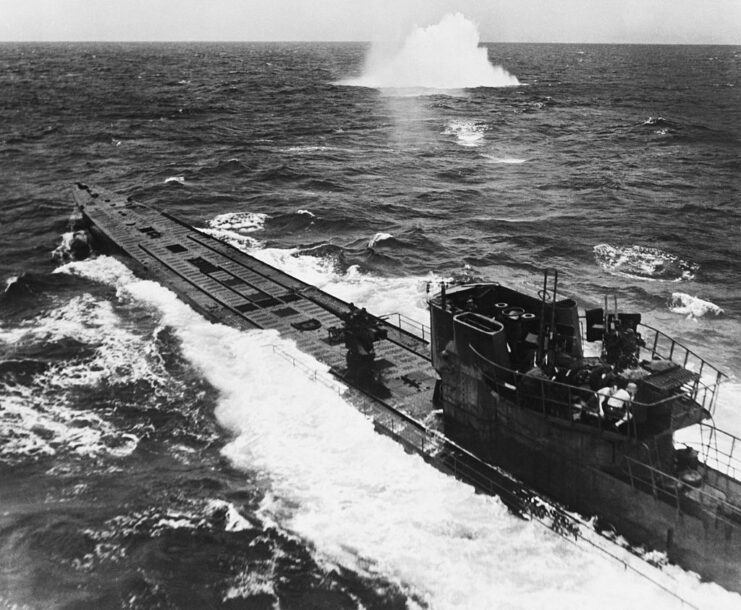
The Atlantic Ocean was one of the most active areas of the Second World War, playing host to the years-long engagement that was aptly dubbed the Battle of the Atlantic. From 1939-45, the Allies fought the Germans on the high seas, with both sides losing ships and sailors.
The Kriegsmarine had started out targeting Allied shipping, before using warships and U-boats to target enemy military vessels. The German force was adept at waging naval warfare, with its deployment of submarines, in particular, allowing sailors to attack the enemy from beneath the water’s surface.
Given Germany’s reliance on U-boats, structures to house and maintain them were needed, leading to the coast-side construction of such facilities across Europe. While the most notable were erected in France, many were built in Germany, too.
Elbe II
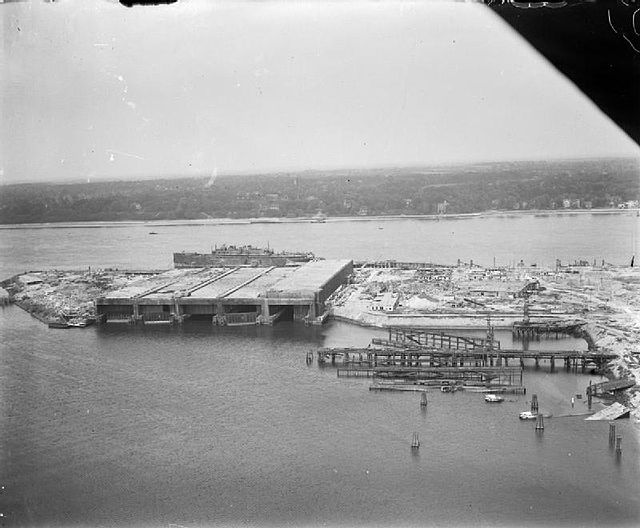
Hamburg, Germany’s second-largest city, was home to two U-boat pens: Elbe II and Fink II. Building work on the former kicked off in late 1940, along the eastern end of the Vulkan Basin, and was completed in March of the following year. Construction company Dyckerhoff & Widmann AG led the project, and when all was said and done, it had enough room to house three vessels side-by-side in two pens.
As with other U-boat pens, Elbe II was frequently targeted by Allied air raids. While it managed to survive with little damage for the majority of World War II, two attacks in 1945 caused substantial damage. That March, a British Tallboy struck the structure’s roof, while the next month saw its doors blown out by another explosion.
Orders to destroy German military assets
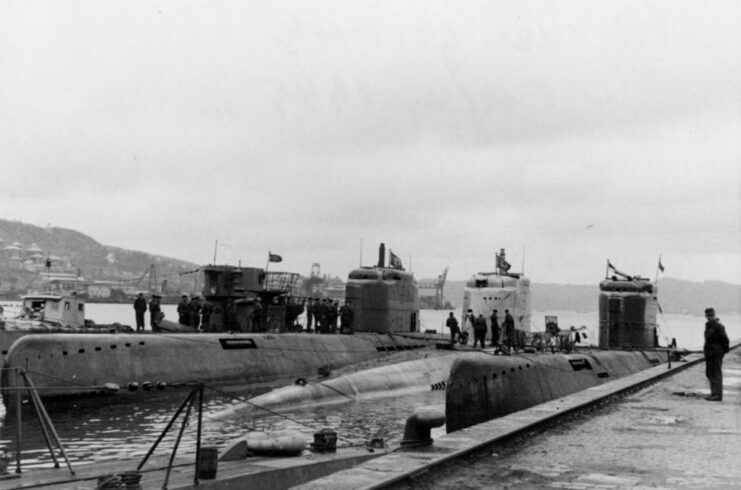
By the spring of 1945, it was evident that Germany was losing the war. As troops retreated across Europe, orders came down to destroy everything in their wake, to prevent technology and equipment from falling into Allied hands. All branches were told to liquidate their assets, including the Kriegsmarine.
At the time, Elbe II housed several U-boats, most notably two Type VIIC vessels (U-684 and U-685) and three Type XXIs (U-2505, U-3506 and U-3004). The latter submarines, which entered service between August and November 1944, were used for training purposes and had been sent to the site for repairs.
Elbe II was destroyed by the British
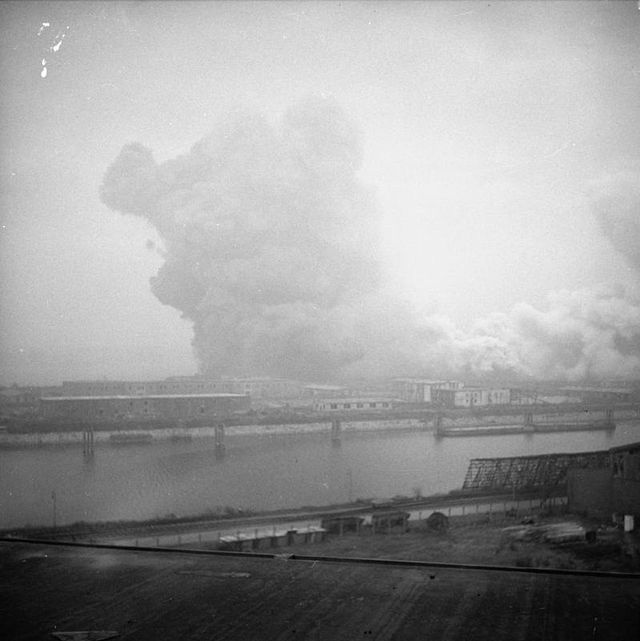
Elbe II was slated for destruction that May 1945, with the U-boats filled with explosives. Sources vary as to whether or not the Germans were the ones to destroy them or if they were still afloat when the British captured the pen, but what is known is the Type VIIC submarines were outside and the three Type XXIs were within the structure.
Not wanting the U-boats or pens as a whole to fall into less-than-savory hands, the British made the decision to fully destroy the structure and everything in it – but not before partially scrapping the U-boats for parts. While there’d been interest in pulling out the vessels after the fact, Elbe II’s state was too precarious to safely attempt a salvage operation.
Fast-forward four decades
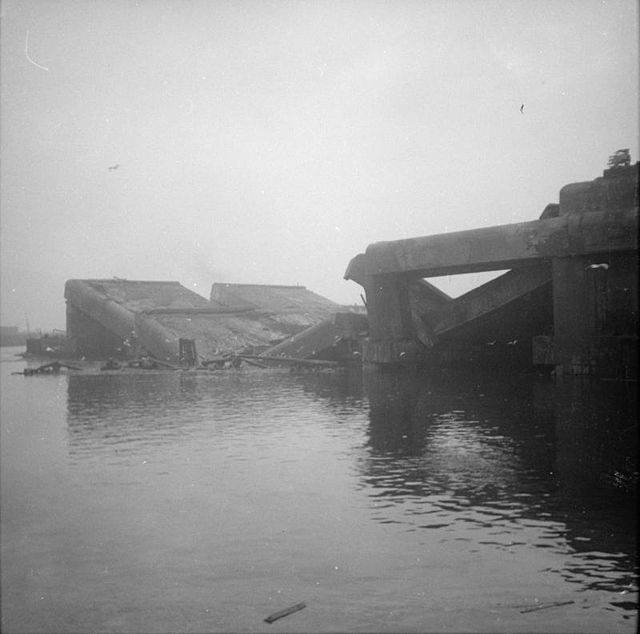
Four decades passed before there was renewed interest in the U-boats stuck beneath the rubble of Elbe II. Three researchers – Jak P. Mallman-Showell, Walter Coots and Wolfgang Hirschfeld – were interested in learning more about the vessels and their current state, and they conducted a fair amount of research.
More from us: The Wreck of the RMS Titanic Was Found During a Top-Secret Military Operation
Are you a fan of all things ships and submarines? If so, subscribe to our Daily Warships newsletter!
However, the situation was still too dangerous, with the German government eventually filling what remained of Elbe II with gravel. The decision was then made to turn the site into a parking lot, with the historic U-boats still beneath the surface.
